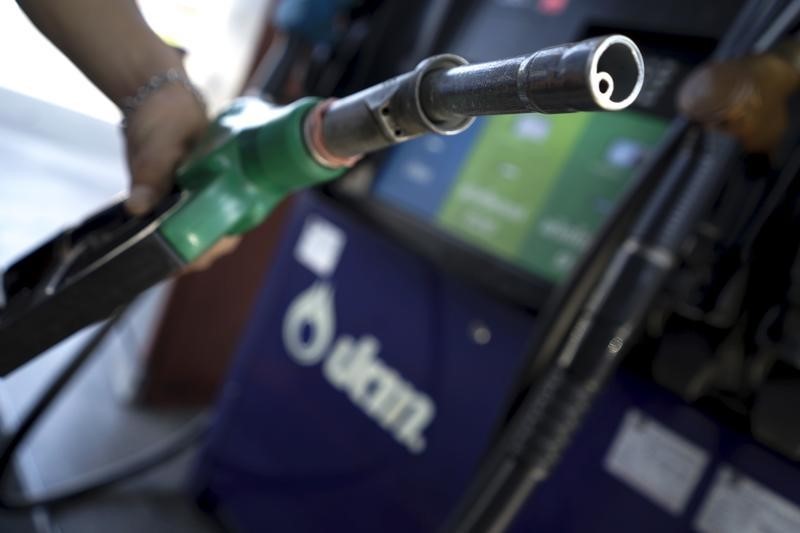
Investing.com– Oil prices rose Thursday, rebounding after declines earlier in the week due to a stronger US dollar, while traders digest the latest monthly report from the International Energy Agency.
At 09:20 ET (14:20 GMT), rose 1.3% to $73.20 a barrel, while climbed 1.3% to $69.31 a barrel.
IEA monthly report in focus
The International Energy Agency published its earlier Thursday, and raised its 2024 demand growth forecast by 60,000 barrels per day, while keeping its 2025 oil demand growth forecast at 990,000 bpd.
That said, the Paris-based agency stated that global oil supply will substantially exceed demand in 2025 even if cuts remain in place from OPEC+, which groups the Organization of the Petroleum Exporting Countries and allies like Russia, as rising production from the United States and other outside producers outpaces sluggish demand.
This report has been greeted more enthusiastically after the OPEC trimmed its demand forecast for a fourth consecutive month earlier in the week, citing persistent concerns over cooling Chinese demand. .
China has been a main point of contention for oil markets, as the country grapples with slowing growth and as recent stimulus measures largely underwhelmed. A Trump presidency is also expected to herald more economic pressure on the country.
US oil inventories shrink, but product stocks rise – API
Data from the , released on Wednesday showed that U.S. oil inventories shrank by 777,000 barrels in the week to Nov. 8, compared with expectations for a build of one million barrels.
But the data also showed gasoline stockpiles up by 312,000 barrels, while distillate inventories grew 1.1 mb.
The build in product inventories spurred some concerns that U.S. fuel demand may be cooling, especially as the winter season approaches.
The API data usually heralds a similar reading from , which is due later on Thursday. The release of the data was delayed by a day this week, on account of a U.S. holiday on Monday.
Oil prices were also dented this week by easing fears of U.S. supply disruptions, as tropical storm Rafael largely petered out before causing any major disruptions in the Gulf of Mexico.
Uncertainty over what a second Donald Trump presidency will entail for crude also weighed on oil markets, given that the president-elect has vowed to increase U.S. oil production and impose trade tariffs on top oil importer China.
The also rallied to a one-year high after Trump’s election victory last week, pressuring crude prices.
(Ambar Warrick contributed to this article.)







